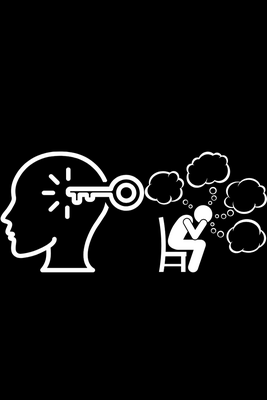
Have you ever heard of the word cognition? It's quite hard to properly explain what that word is.
Cognition comprises the following:
Thoughts
Perceptions
Images
Beliefs
Now as an athlete, you need to become aware of your cognitions. We can distinguish between different types or levels of cognition to help us become more aware of them.
The three levels (categories) are:
Level 1: Automatic thoughts
Level 2: Underlying assumptions
Level 3: Core beliefs
Now it can be difficult to become aware of level 2 and 3 cognitions. The perfect place to start is at level 1, automatic thoughts (ATs).
Level 1 - Automatic thoughts
These are the first streams of thoughts we can notice if we focus our attention on them. Imagine a situation in which you have been benched for the following game. An athlete might think it's down to squad rotation (neutral), they need a rest (positive) or they might have thoughts that it is the threat of permanent deselection and they've done something wrong (negative). These negative automatic thoughts, or NATs as we can call them, are fundamental to the majority of forms of psychological distress. These NATs consist of negative interpretations of situations. When these NATs occur, we understand what is happening within us and around us as negative and take away a negative meaning from that.
NATs are a common experience for many athletes at any one point. Try and think of a time when you were annoyed, angry, sad or fed up. Remember what the situation was? You might be able to identify some of the NATs that were present at this moment. You might have had thoughts about you being a complete failure or how something was unfair.
Automatic thoughts, especially NATs, affect and influence us from moment to moment. They are automatic and appear without effort. NATs are typically specific reactions to specific situations or events. They also feel like they are true, especially when paired with strong emotions. This means we do not question them, allowing them to have a greater effect and persist.
What can we do?
The first step is to become aware of them. To do this we can practice using a thought diary. The 'understand your internal reactions' activity provides a helpful structure to the thought recording diary.
Step 1 - Write down the situation. The who, what, where and when.
Step 2 - Write down your thoughts. What did I think in this situation?
Step 3 - Write down your feelings and rate them between 1 and 10 for the intensity of them.
Step 4 - Write down your physical reactions and rate them between 1 and 10. How did your body react to the situation?
Step 5 - Write down your behaviour. What did you do in that situation? How does this affect you?
Start doing this every day, picking one or two situations to break down.
Starting with awareness is the key to changing our behaviour. As an athlete, we must become aware of how our internal world works and how we habitually respond to the many situations we come across as athletes. Starting with NATs and utilising a thought diary is a simple place to start. Why not give it a go?
1. Register your company
2. Create a searchable listing
3. Connect with more clients
